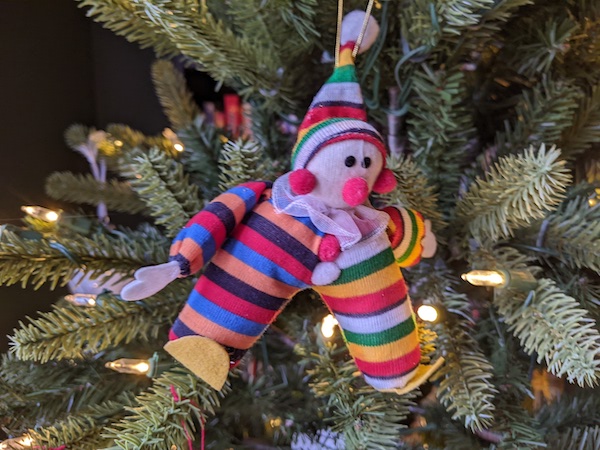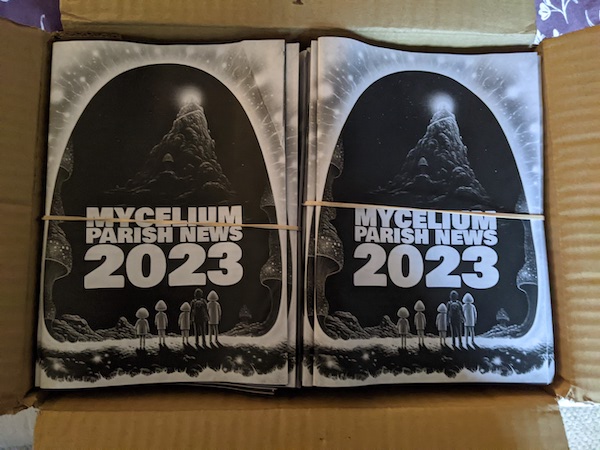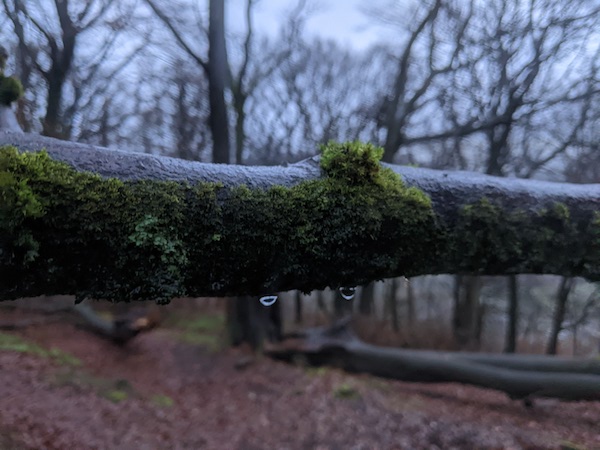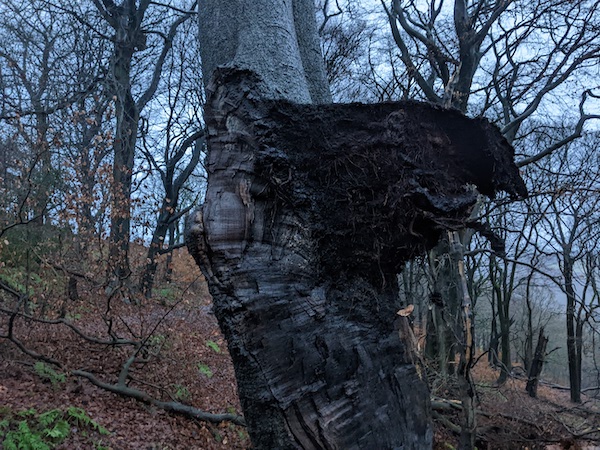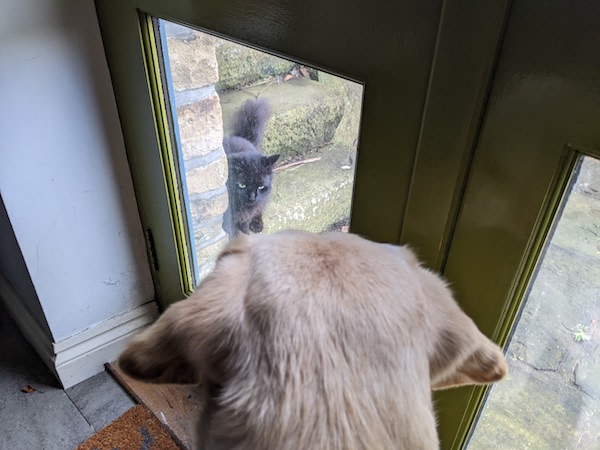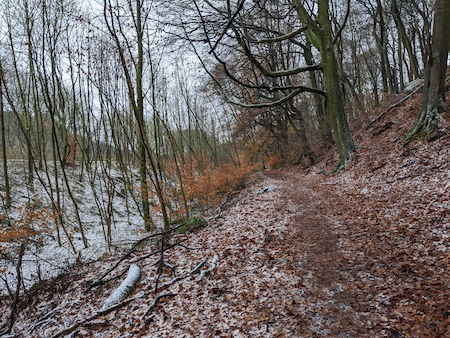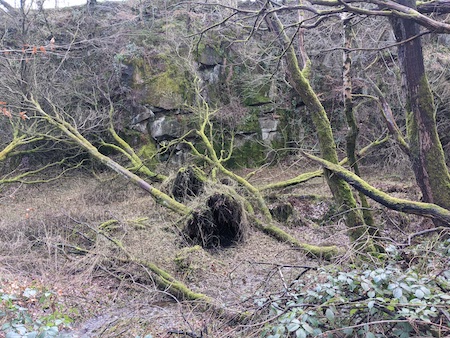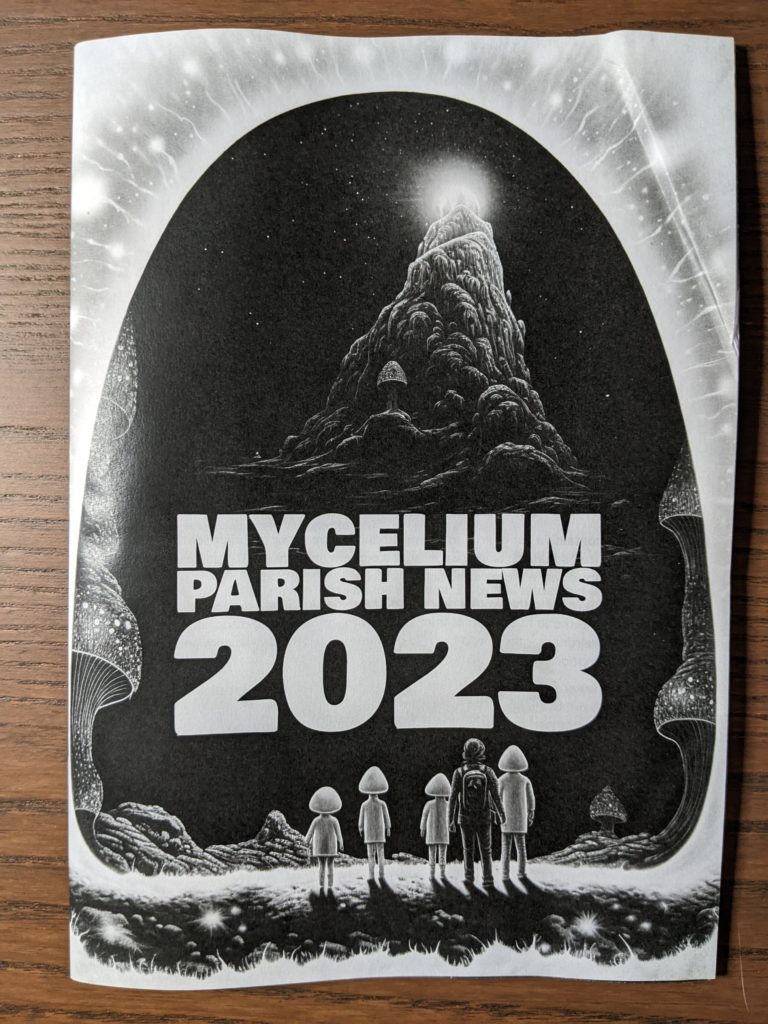I read 63 books in 2023. It felt harder to concentrate on reading this year and I found myself bogged down in a few books that I should have abandoned.
Here are my ten favourite books that I read in 2023, in alphabetical order of author’s name:
Jonathan Ames’ The Come Up was an oral history of hip-hop, released for the genre’s 50th anniversary. It’s a sprawling story, and Ames managed to hit most of the important points, including giving time to neglected acts such as Above the Law and Digital Underground.
Paul La Farge’s The Night Ocean was a recommendation from Tom, which I posted about back in March: “It starts out as a novel about a queer HP Lovecraft, and then becomes something even more wonderful. The book does not shy away from Lovecraft’s faults, but still manages an empathic portrayal. There are also appearances from William Burroughs and some wonderful jokes about fandom. A beautiful book about long, sad lives.”
I bought Katherine Hale’s book Slenderman expecting a dissection of Internet culture and creepypasta. Instead, I found a book focussed on the human stories in the Wisconsin stabbing case. Hale unfolds this as a tragedy, showing the appalling impacts of America’s lack of mental health care.
I was inspired to buy Catherine Lacey’s novel Biography of X by a review in the Guardian. It’s a deeply strange novel, a biography of a fictional character, but directly re-using elements from non-fiction about New York artists. And then there is the whole alternate history aspect. It’s a book that should not work, but very much the sort of thing I want to read more of.
The Art of McSweeney’s was the first book I finished in 2023, and it was a history of McSweeney’s publishing. The book goes into a lot of detail about how their magazine was published in strange and innovative formats (including one issue that was a pile of junk mail). It tells a fascinating and inspriring story about producing art.
Jay Owen’s book Dust is a mix of first-person journalism and expert summary. Arising from Owens’ pandemic mailing list, the book is full of surprising details, and some evocative descriptions of history, such as her chapter on the water of LA. It’s also unavoidably a book about the anthropocene, and as I wrote a few weeks back it works as a piece of cosmic horror.
I read Aaron A. Reed’s 50 years of Text Games as a series when it was published as a mailing list, but I also found time to read the whole book when it was compiled as part of a kickstarter. Reed foregrounds some interesting and neglected works and produces a curious history of literature in the computer age. There’s something striking about how it details forgotten artists, and shows how important literary work is not always respected at the time.
There have been a number of books written about or using LLMs, but by far the best I’ve read is from poet Hannah Silva. My Child the Algorithm starts out similar to other such books, but becomes a beautiful account of Silva’s life and experiences raising her son. It’s a book that deserves more attention than it has been given.
Studio Moniker’s all the minutes is very much an avant-garde novel, produced for 2014’s NaNoGenMo, an annual competiton to generate novels using software. I reviewed this novel in July. The book is composed of tweets, one for every minute of the day, and produces a striking and moving portrayal of the Internet’s emotions. It’s also a reminder of the sort of things we lose when platforms are not open.
I posted about Darcie Wilder’s literally show me a healthy person back in May. It’s a twitter novel but somehow managed to feel as vivid and messy as Twitter used to be. It’s a brisk read, but an enjoyable one.
